#viper's bugloss
Explore tagged Tumblr posts
Text




Plant of the Day
Thursday 11 July 2024
On the free draining growing conditions of the shingle beach in Deal, Kent, the Echium vulgare (viper's bugloss) was flowering and attracting pollinating insects. This native biennial grows in bare soil on short grassland, on heathland and on more disturbed habitats such as cultivated land, railways and roadsides, cliffs, and sand dunes. The plant has a deep and persistent root which allows it to exploit free draining, drought prone land.
Jill Raggett
#Echium#viper's bugloss#blue flowers#biennial#native#beach#dry garden#plants#horticulture#wild flowers#Deal#kent
129 notes
·
View notes
Text

Lots of Bugloss
Rich blues of viper's bugloss, flowering in the grasslands at RSPB Fen Drayton Lakes.
#cambridgeshire#canon#canonuk#echium vulgare#fen drayton#fen drayton lakes#flora#flower#flowers#nature#nature reserve#outdoors#plant#plants#rspb#viper's bugloss#vipers bugloss#wildflower#wildflowers
14 notes
·
View notes
Text
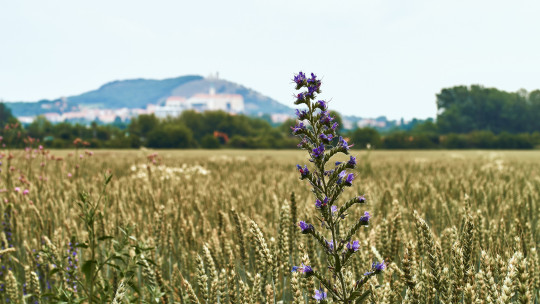
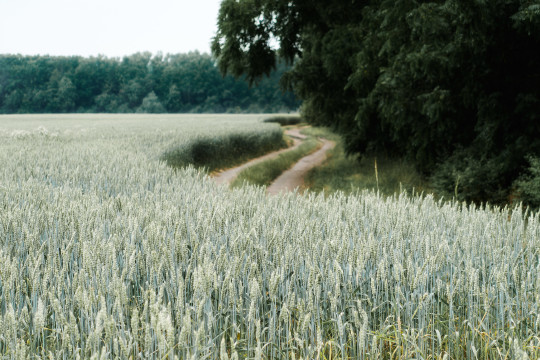
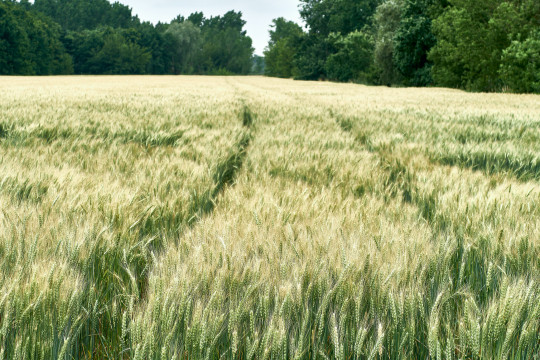
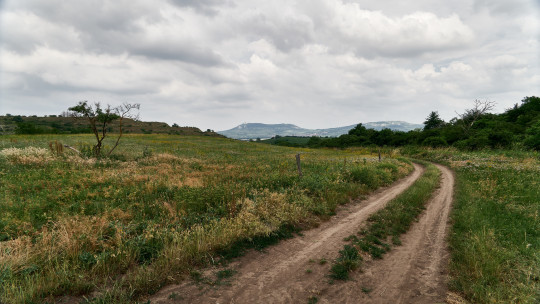
2019 Morawy (2) (3) (4) by Aleksander Witosz
#countryside#meadow#agricultural landscape#road curving#country road#fields#flowers#viper's bugloss#cloudy#czech republic#south moravia#lednice
16 notes
·
View notes
Text

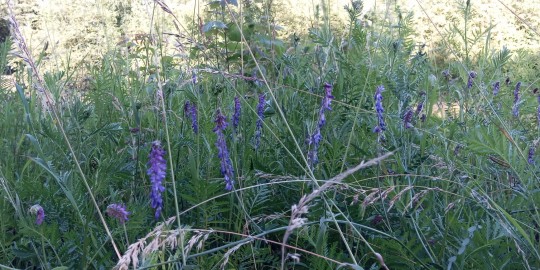
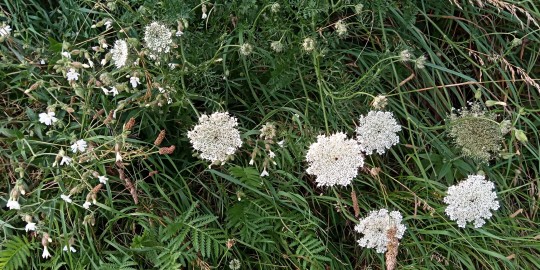
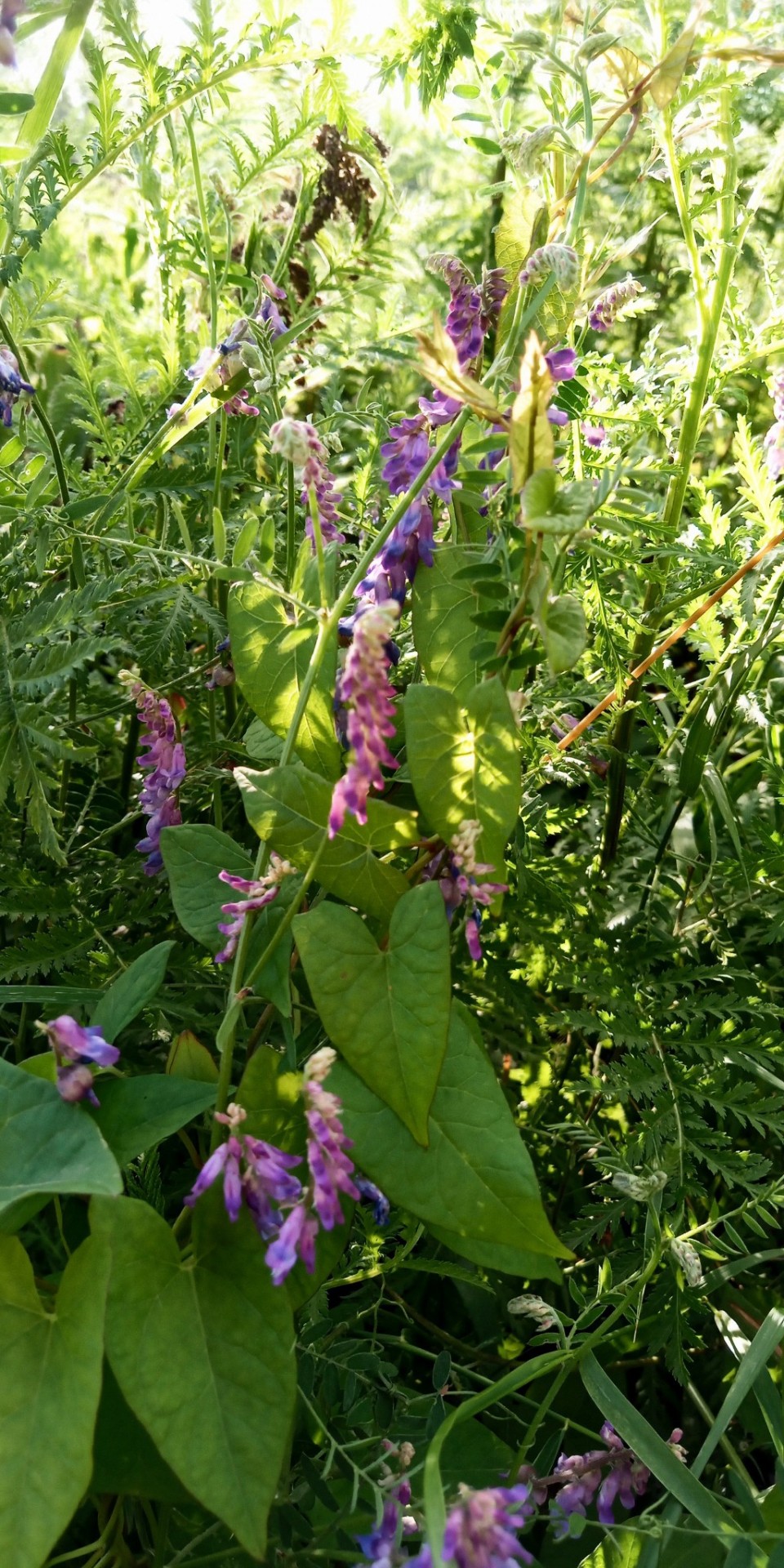
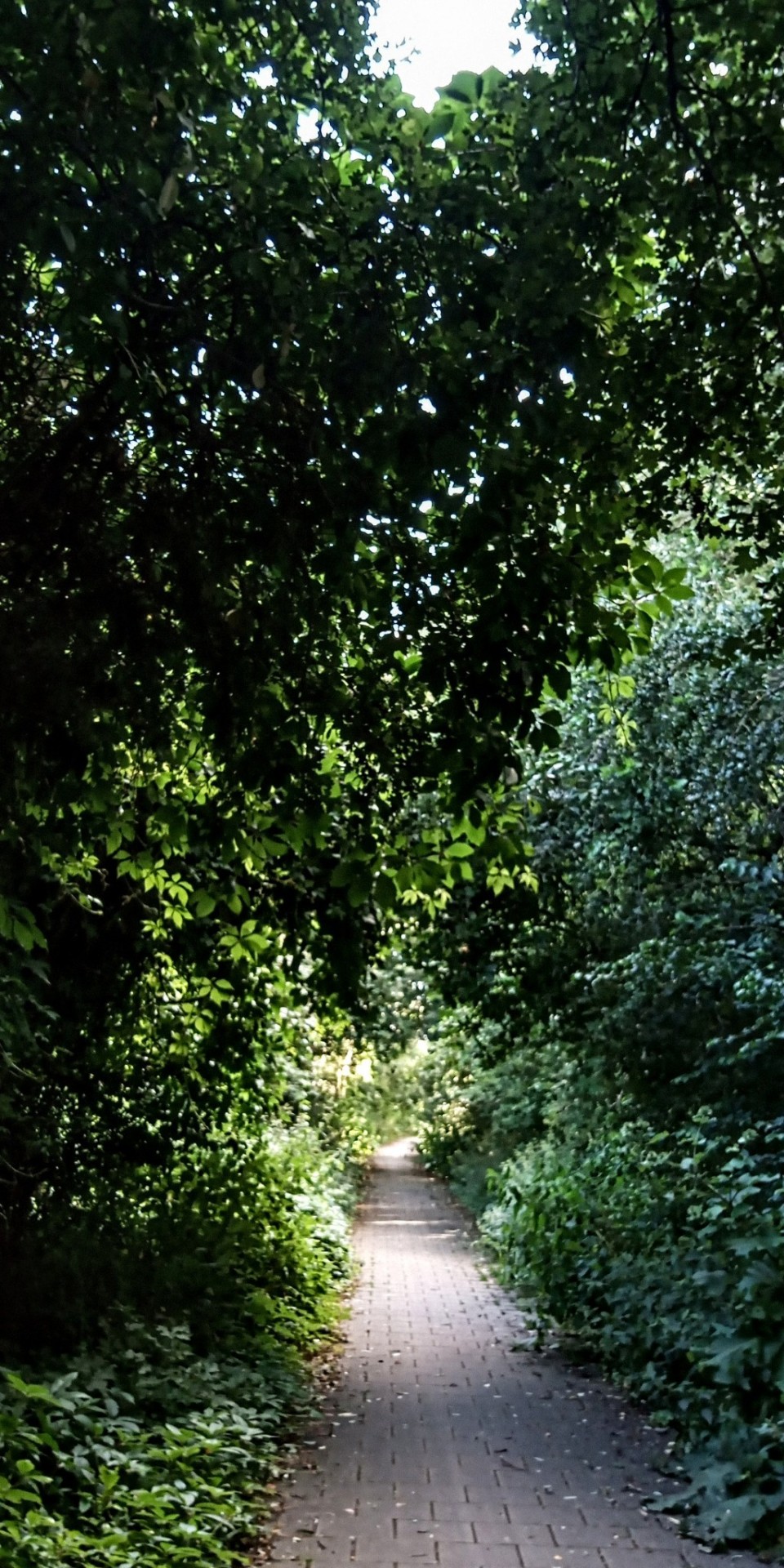
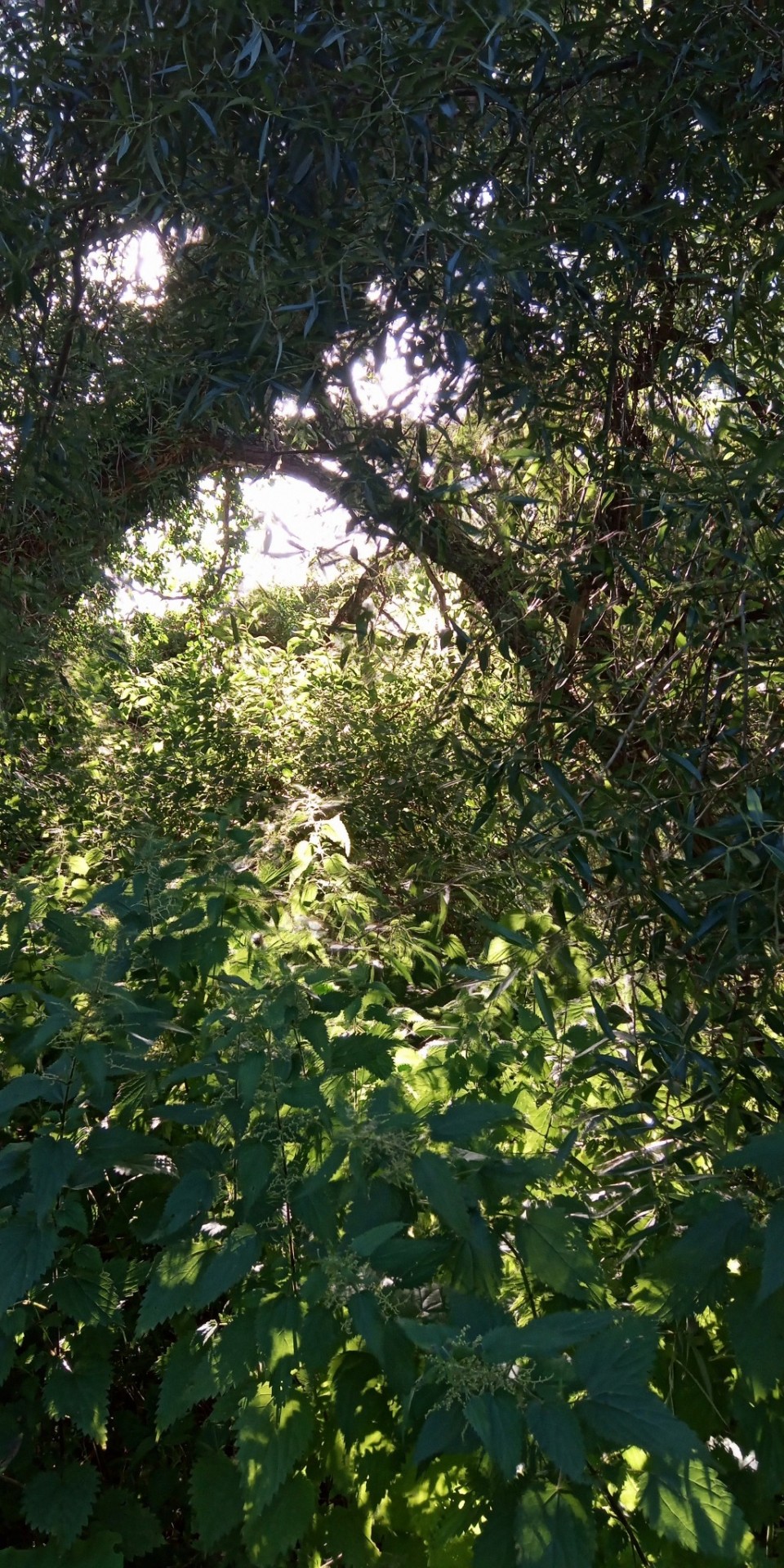
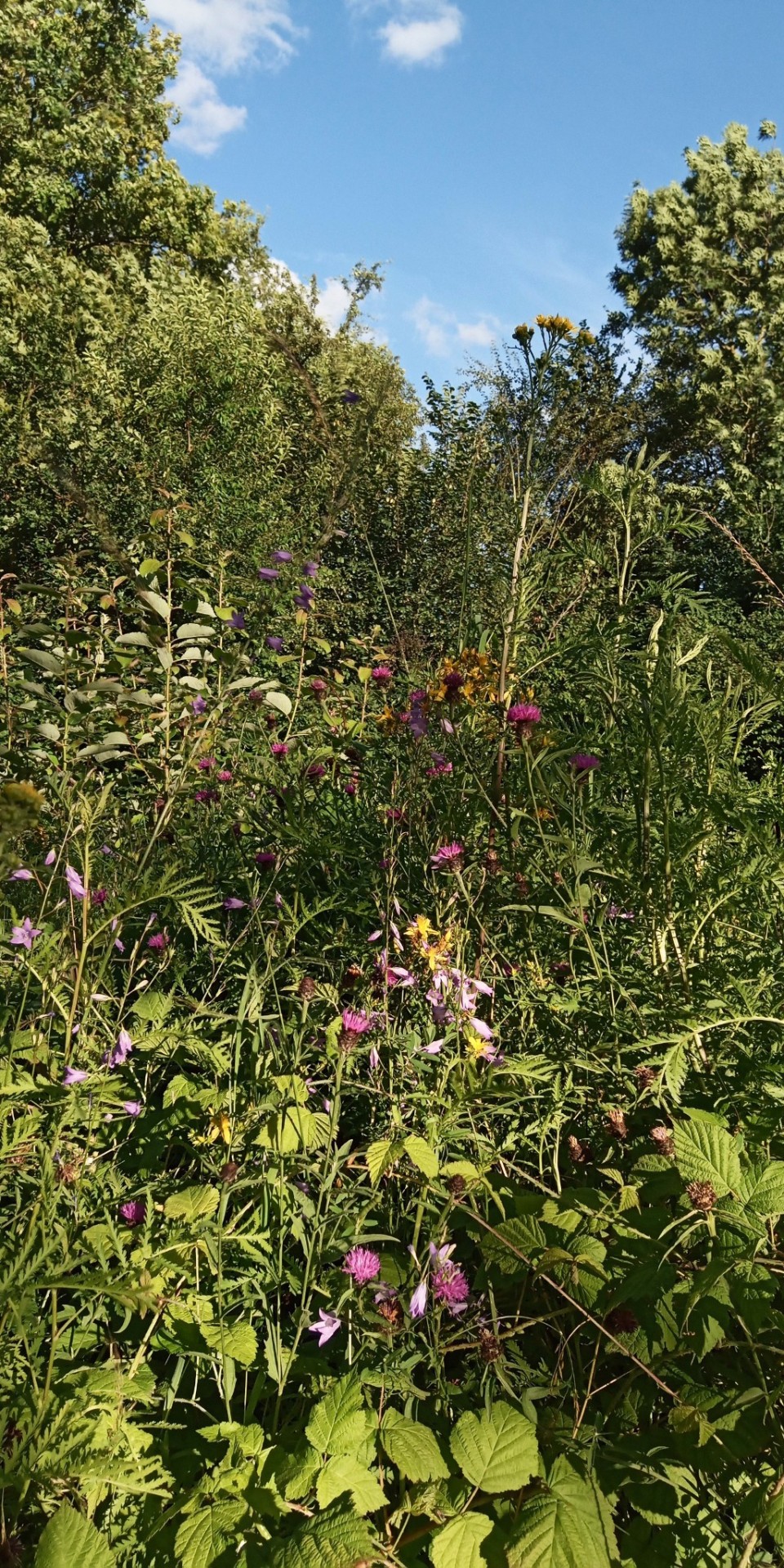
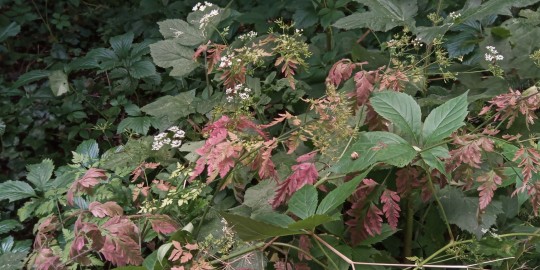
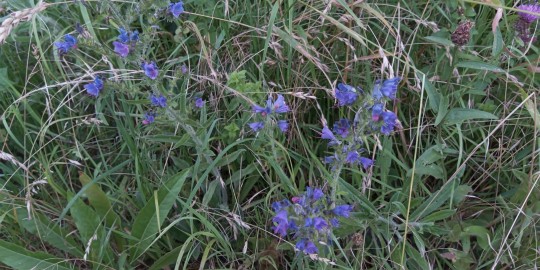
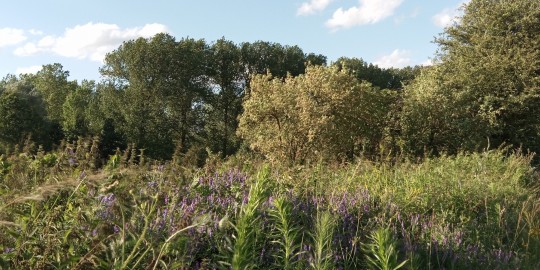
#my pictures#walk#july#midsummer#wildflowers#plant pictures#plant photography#flowers#landscape photography#landscapes#seasonal#summer#viper's bugloss#blue vetch#tansy#creeping bellflower#centaurea#st. john's wort#stinging nettles#night-flowering catchfly#sunlight#of night and light and half light#hey it's me posting pictures of plants again
8 notes
·
View notes
Text
The Great ACT-NSW-NZ Trip, 2023-2024 - North Island Volcanic Plateau
Strictly speaking the Taupō caldera complex is just one part of the volcanic plateau covering much of central North Island, which also includes ash deserts, crater lakes, lava plateaus, the Ōkataina caldera complex, and the Tongariro Volcanic Centre. It's very active - Mount Ngauruhoe for example, is a beautifully cone-shaped stratovolcano 2,291 m tall, and less than 2500 years old. In fact the plateau is currently the most frequently active and productive area of silicic volcanism on Earth.

You might also recognise it as Mt Doom from the LOTR films.
In 1974 a champion skier (and presumed lunatic) by the name of Jean-Claude Killy skied down the side of Ngauruhoe you can see here, as part of a promotional campaign for Moët & Chandon. He hit well over 100kph. And he was doing this while the volcano was erupting.

Mount Ruapehu, south of Ngauruhoe, is also active, but is also the site of the North Island's only glaciers and major ski resorts. The eruptions have certainly been deadly, but most of the fatalities occured on Christmas Eve 1953 when the tephra dam constraining the crater lake collapsed and sent a landslide of mud, rock and water down the Whangaehu River minutes before an express train came through.
In 2007 two climbers nearly drowned on top of the mountain, when they took shelter in an alpine hut 600m from the crater, and an underwater eruption in the crater lake drove a surge 2km from the crater. Luckily for them the floor gave way and the water drained into the seismometer vault beneath the hut. One of the mountaineers still had a leg crushed by boulders in the debris.
East of the volcanoes is Te Onetapu, also known as the Rangipo Desert. It gets a decent amount of rain and occasionally heavy snow, but doesn't hold onto any of it because the entire area is thickly buried in unconsolidated ash and other volcanic debris and it immeadiately drains away.

It also doesn't have any trees to speak of, because the supervolcano eruptions at Lake Taupo 26,000 years ago carbonised every living thing in the area, including the seeds, and the ecosystem is still recovering. Forests on the western side of Ruapehu were partly shielded by the height of the volcano, and survived.
While @purrdence spent a few hours at the military museum south of the desert, I drove back up the road and went looking for insects. Some were abundant, like the Tiger Beetles, but they amazingly frustrating to photograph, taking off and being whisked away by the wind the moment I came near. Or being chased off, sometimes in flight, by the aforementioned ravenous beetles. At least the plants stayed in one spot, and the bumblebee was enthralled by the blue paintjob of the car.








#new zealand geology#new zealand volcanoes#mount doom#ruapehu#Ngauruhoe#ignimbrite#lahar#tephra#volcanic plateau#bombus#bumblebee#apidae#yarrow#viper's bugloss#echium#rosa#rosaceae#introduced species#weed#st john's wort#hypericium#hyperiaceae#neocicindela#cicindellidae#tiger beetle#new zealand beetle#achillea#asteraceae#sweet-brier#Neoitamus
3 notes
·
View notes
Text


14 notes
·
View notes
Text




details from my niagara gorge hike :3
#basilbee blogs#nature#bugs#flowers#mushrooms#fungi#beetle#bees#cantharinae#honeybee#viper's bugloss
12 notes
·
View notes
Text

4 notes
·
View notes
Text


#Viper's-bugloss#flowers#nature#plants#photographers on tumblr#wildflowers#aesthetic#adventure#explore#travel#travelling#flowercore#photography#naturecore#artists on tumblr#original photographers#wanderlust#nature photography#photoblog
30 notes
·
View notes
Text







19th August 2024: Thistle, view with an interesting sky on a great day for it, bindweed, hogweed and red bartsia and fleabane on walks at Lakeside Country Park, another interesting scene with the sun this morning looking vivid due to the smoke from the North American wildfires travelling across this Atlantic and Lesser Black-backed Gull out the back this afternoon.
House Martins, Green Woodpecker, Great Crested Grebes with incredibly the pair that have produced two sets of chicks this year on eggs again, Moorhen, Small Heath, Meadow Brown, pineappleweed, teasel seed heads, alfalfa, hogweed, purple loosestrife, viper's-bugloss, plantain and rowan, hawthorn and guelder rose berries were other highlights today.
#photography#rowan berries#lakeside#lakeside country park#2024#walking#home#small heath#butterflies#red bartsia#birdwatching#wildlife#outdoors#moorhen#viper's-bugloss#green woodpecker#house martin#lesser black-backed gull#august#europe
3 notes
·
View notes
Text




Plant of the Day
Sunday 7 April 2024
In this sunny, sheltered courtyard the biennial Echium pininana (giant viper's bugloss) was getting ready to flower. This plant from the Canary Islands forms a low rosette of silver, hairy leaves in the first year, and then in the second year it sends up a huge spike covered with small blue flowers.
Jill Raggett
#Echium#giant viper's bugloss#biennial#blue flowers#courtyard#kent#deal#plants#horticulture#gardens#garden#shadow
74 notes
·
View notes
Text

Viper's Bugloss
The frothy blue and pink flowers of viper's-bugloss, out in the afternoon sun at RSPB Fen Drayton Lakes.
#cambridgeshire#canon#canonuk#echium vulgare#fen drayton#fen drayton lakes#flora#flower#flowers#nature#nature reserve#outdoors#plant#plants#rspb#viper's bugloss#vipers bugloss#wildflower#wildflowers
9 notes
·
View notes
Text






Spreewald 2013 (2) (3) (4) (5) (6) by Achim
#firewood#houses#chairs waiting#flowers#bicycles#viper's bugloss#blueweed#irises#rivers#forest#germany#brandenburg
2 notes
·
View notes
Text










#my pictures#walk#june#summer#seasonal#wildflowers#landscape photography#sky photography#plant photography#plant pictures#sky pictures#landscapes#moon#clouds#sunlight#purple loosestrife#creeping bellflower#centaurea#viper's bugloss#meadowsweet#wild cherry#morning glory#herb robert#evening sky#of night and light and half light#hey it's me posting pictures of plants again#chamomile#oregon grape
7 notes
·
View notes
Text

Viper's bugloss
15 notes
·
View notes
